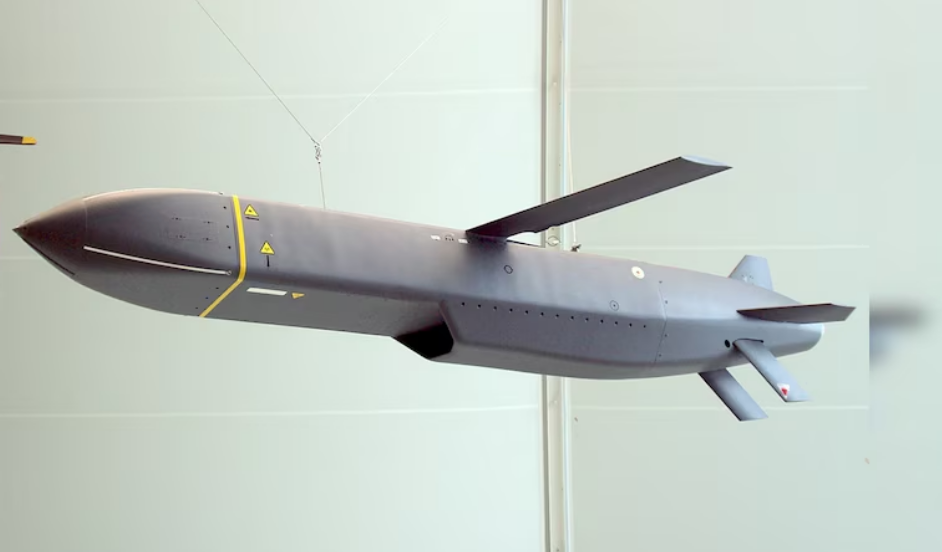New Delhi: In a decisive counter-terror response following the recent terrorist attack on tourists in Pahalgam, Jammu and Kashmir, India launched a coordinated airstrike operation across Pakistan and Pakistan-occupied Kashmir (PoK) in the early hours of Wednesday. Codenamed Operation Sindoor, the mission targeted nine terror hubs, dealing a significant blow to groups including Lashkar-e-Taiba and Jaish-e-Mohammed.
Launched at approximately 1:44 AM, the operation was executed using Rafale fighter jets equipped with SCALP air-to-ground cruise missiles. These missiles were pivotal in striking deeply embedded terror infrastructure with surgical precision.
ALSO READ: Operation Sindoor: 90 Terrorists Killed in Indian Airstrikes on Pakistan, PoK
Role of SCALP Missiles
The SCALP (Système de Croisière Autonome à Longue Portée) is a long-range cruise missile capable of penetrating enemy territory up to 300 km. It is designed for deep-strike missions and can pierce up to 30 meters below the surface. Each missile carries a 450 kg warhead and weighs approximately 1,300 kg, with a length of over five meters and a diameter of 63 cm. These advanced features allowed India to neutralize high-value terror targets without collateral damage.
Strategic Targets
Among the nine locations struck were:
Lashkar-e-Taiba’s major facilities in Muridke and Kotli
Jaish-e-Mohammed’s base in Bahawalpur
Terror training and launch camps in PoK including Gulpur, Barnala, and Sarjal
These camps were within a 100-kilometre radius of the international border and believed to be instrumental in cross-border terrorism, including the Pahalgam incident.






